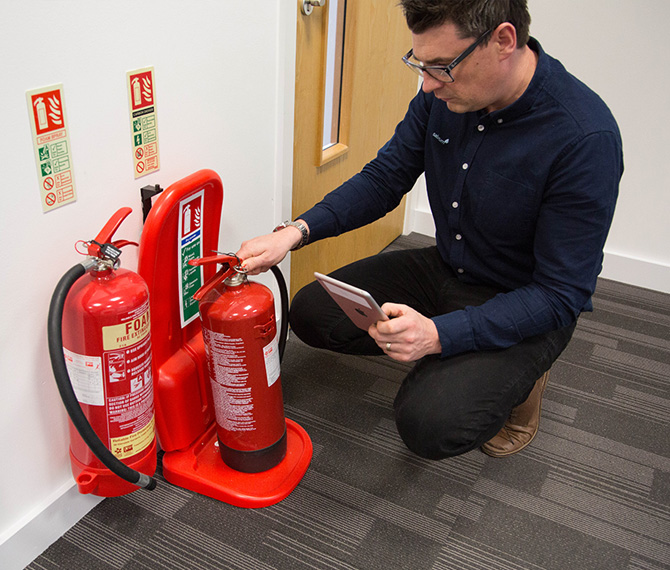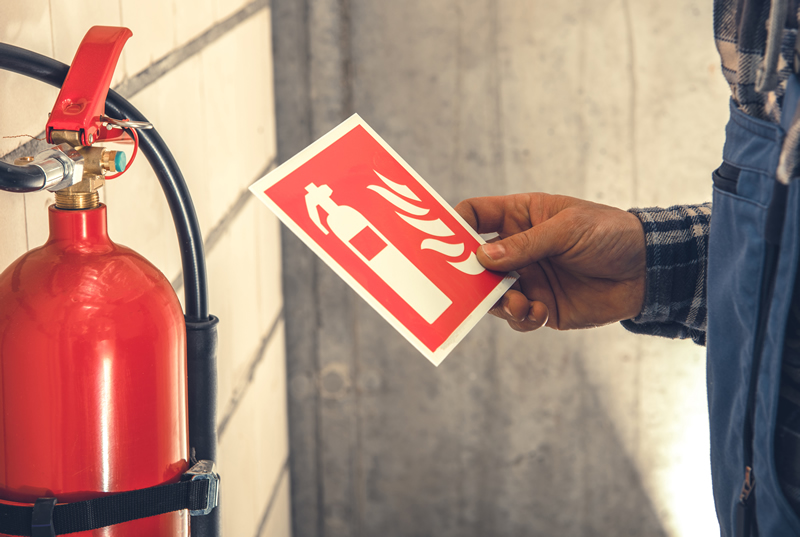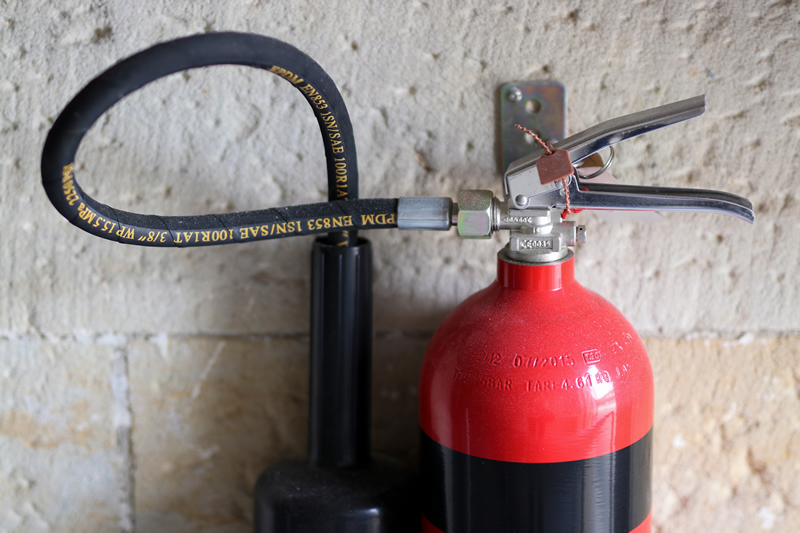When it comes to safeguarding your business from the threat of fire, understanding the importance of regular fire risk assessments cannot be overstated. It’s not merely a box to check off on your compliance list; it’s a vital strategy that can mean the difference between catastrophic loss and a thriving enterprise.
Yet, the question looms large: how often should these assessments take place? Various factors influence this decision—industry regulations, the nature of your business, and any changes in your environment or operations.
Whether you’re operating in a bustling urban setting or a quiet rural locale, the nuances of your fire risk landscape can shift dramatically, warranting a fresh look at your safety protocols. In this article, we will delve into the frequency of fire risk assessments, exploring the best practices that ensure your workplace remains not just compliant, but truly secure.
Understanding the Importance of Fire Risk Assessments

Understanding the importance of fire risk assessments is crucial for any business aiming to ensure the safety of its employees, customers, and physical assets. These assessments serve as the foundation for identifying potential fire hazards and vulnerabilities within a workplace, allowing companies to take proactive measures to mitigate risks.
A thorough evaluation not only highlights areas needing improvement but also aids in compliance with legal requirements and industry standards. Moreover, a well-conducted fire risk assessment can enhance overall emergency preparedness, instilling confidence in stakeholders and creating a culture of safety.
As fire risks evolve over time—due to changes in operations, new equipment, or increased personnel—regularly revisiting these assessments becomes key to maintaining a robust fire safety strategy that safeguards lives and property alike.
Legal Requirements for Fire Risk Assessments

When it comes to fire risk assessments, the legal landscape is both clear and critical. Businesses are legally obligated under various regulations, such as the Regulatory Reform (Fire Safety) Order 2005 in the UK, to conduct thorough assessments to identify potential fire hazards and implement necessary preventive measures.
This isnt just a one-off task; the law requires that these assessments be regularly reviewed and updated, particularly when there are significant changes to the premises or operational activities. Failure to comply can lead to severe penalties, including fines or even imprisonment.
Moreover, beyond legal compliance, conducting regular fire risk assessments contributes to a safer workplace, enhances employee wellbeing, and fosters a culture of safety awareness. Hence, understanding and adhering to these legal requirements not only protects your business but also ensures the safety of everyone who steps through your doors.
Factors Influencing Assessment Frequency

Several factors influence how often you should conduct a fire risk assessment for your business. First and foremost, the nature of your operations plays a pivotal role—certain industries, particularly those that involve flammable materials or high-occupancy spaces, may warrant more frequent evaluations.
Additionally, changes in legislation and updates to fire safety regulations can necessitate reassessments. Moreover, consider the layout and age of your premises; older buildings, or those that have undergone renovations, might introduce new hazards that require immediate attention.
Regular training and changes in personnel can also impact fire safety awareness, prompting a review of your risk management strategies. Lastly, any incident, no matter how minor, should trigger a reassessment, ensuring that your fire safety measures remain robust and effective in the face of any unexpected challenges.
Conclusion
In conclusion, conducting a fire risk assessment is an essential practice that ensures the safety of your business, employees, and assets. Regularly reviewing and updating your assessments—ideally on an annual basis or whenever significant changes occur—can help identify potential hazards and mitigate risks effectively.
By prioritizing fire safety and compliance with regulations, you not only protect your organization from devastating fires but also foster a culture of responsibility within the workplace. Ultimately, making fire risk assessments an integral part of your operational strategy can save lives and safeguard your business’s future.

